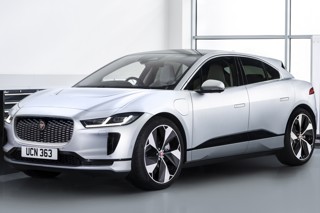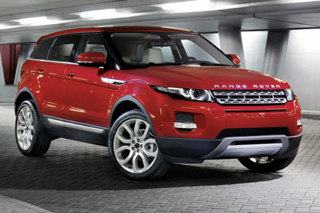Management at Ford or GM, perhaps, as they watch the onward march of Toyota? Nope. The woes of America’s Big Two pale into insignificance next to the problems that beset Chrysler.
Nearly one year on from the Valentine’s Day Massacre, when then-boss Tom Lasorda announced a series of swingeing job cuts for 13,000 staff, factory closures and the death of under-performing models, Chrysler LLC is still in a perilous state. Back in February 2007, the writing was on the wall for the rocky partnership with Mercedes; within weeks, Daimler unceremoniously dumped its American patient.
How’s Chrysler faring under new ownership? Top brass I spoke to in Detroit insist that Cerberus, the New York-based private equity house, is satisfied with progress. Which seems strange for a company estimated to have lost $1.6 billion last year. Many analysts reckon that figure is conservative.
Chrysler’s problems are twofold. It is too reliant on North American sales, exports accounting for just 9% of business.
Compare that with GM, whose foreign sales make up 60% of trade. Exports grew by an impressive 15% last year, but that’s still a drop in the ocean. And the company sells the wrong mix of vehicles; in an age of soaring oil prices and downsizing, it specialises in big, brash off-roaders and trucks like the huge Ram.
Independent Chrysler now faces huge bills to renew its line-up, and is reliant on joint partnerships with the likes of Nissan and Chery. It desperately needs smaller cars to broaden the appeal of its successful diesel Jeeps and innovative MPV the Chrysler Grand Voyager.
Chief exec Bob Nardelli is confident that will happen. We’ll see.


















Login to comment
Comments
No comments have been made yet.